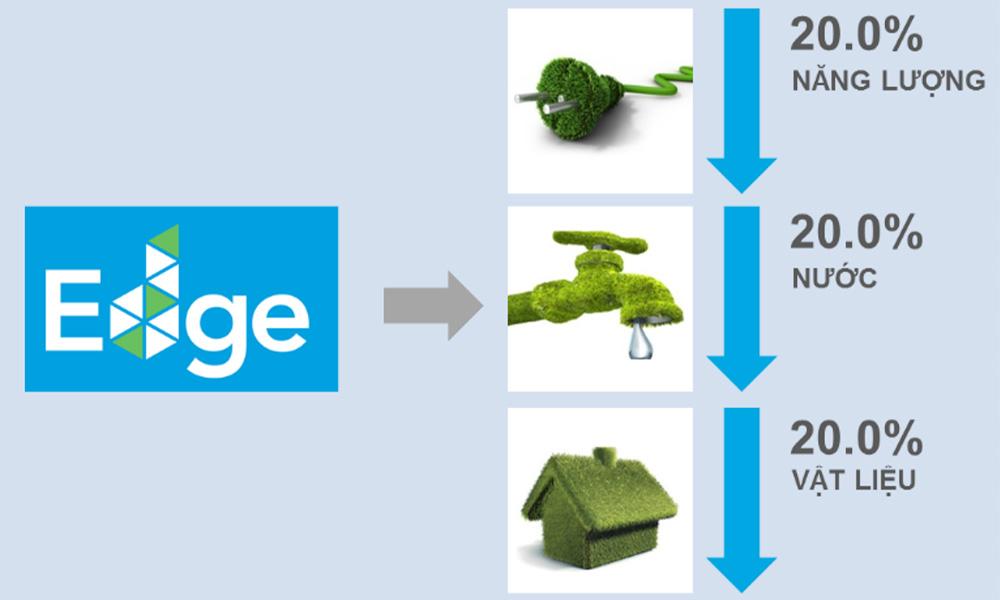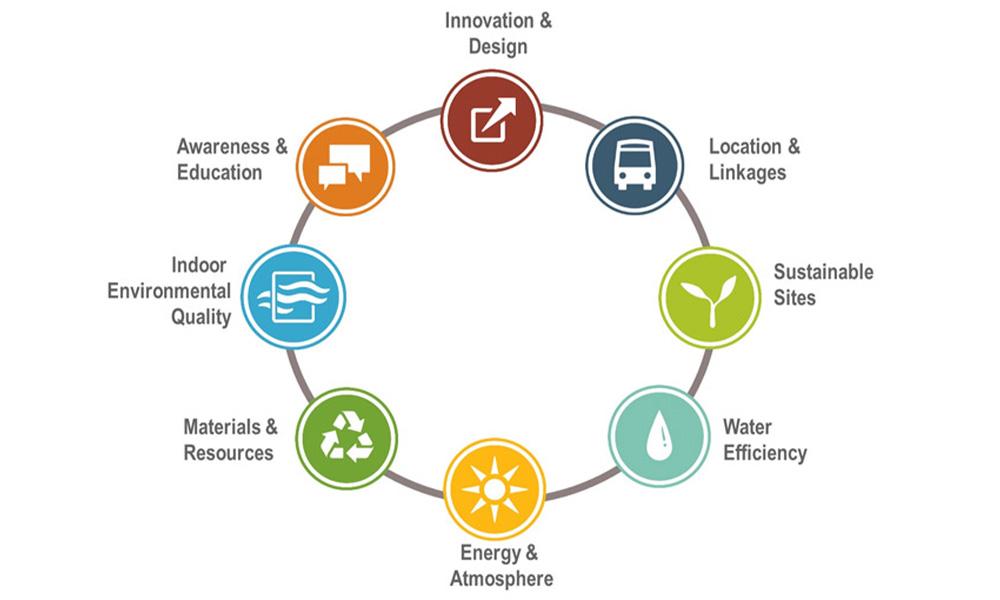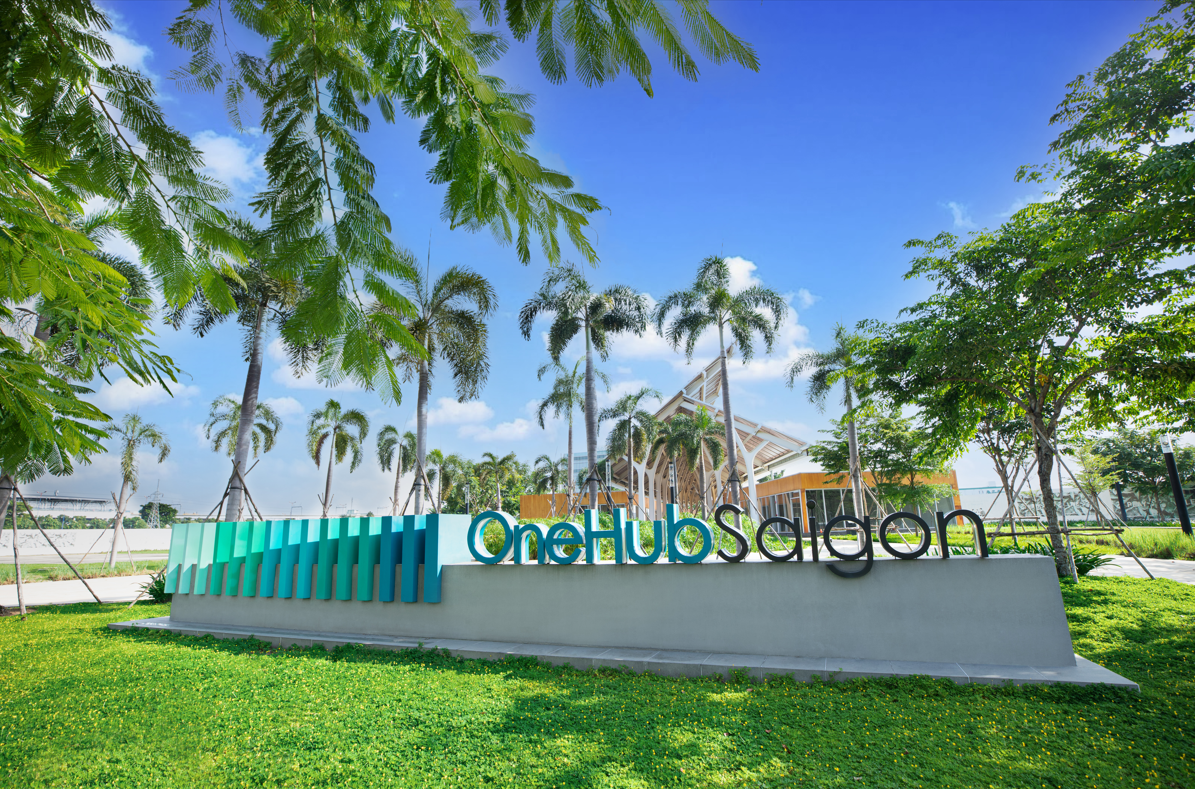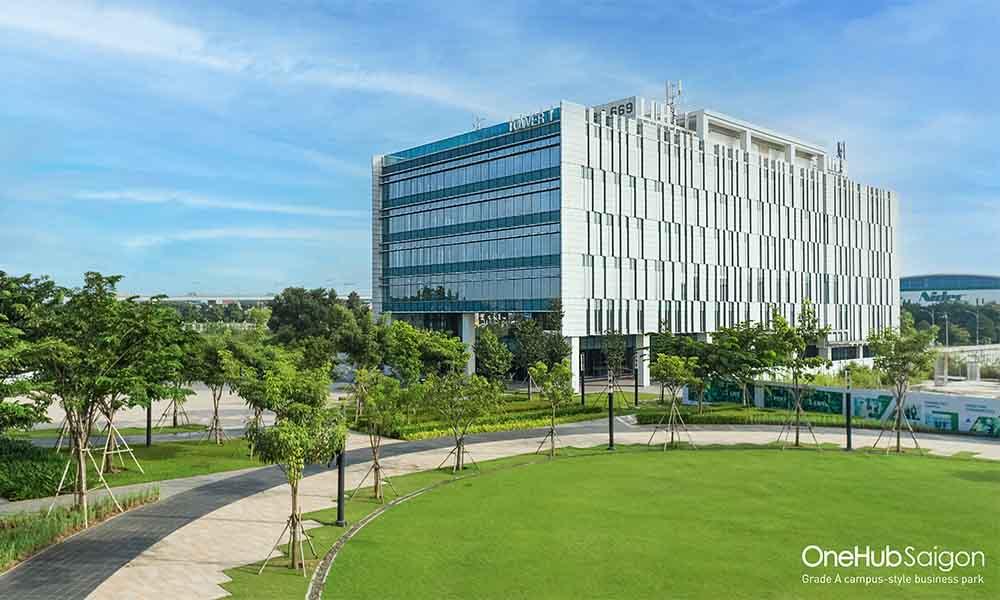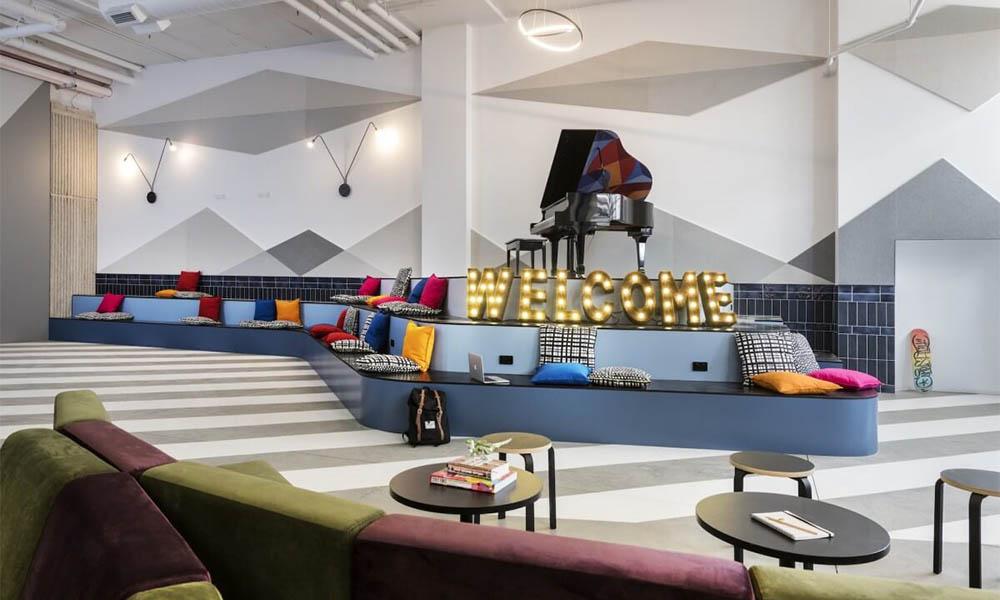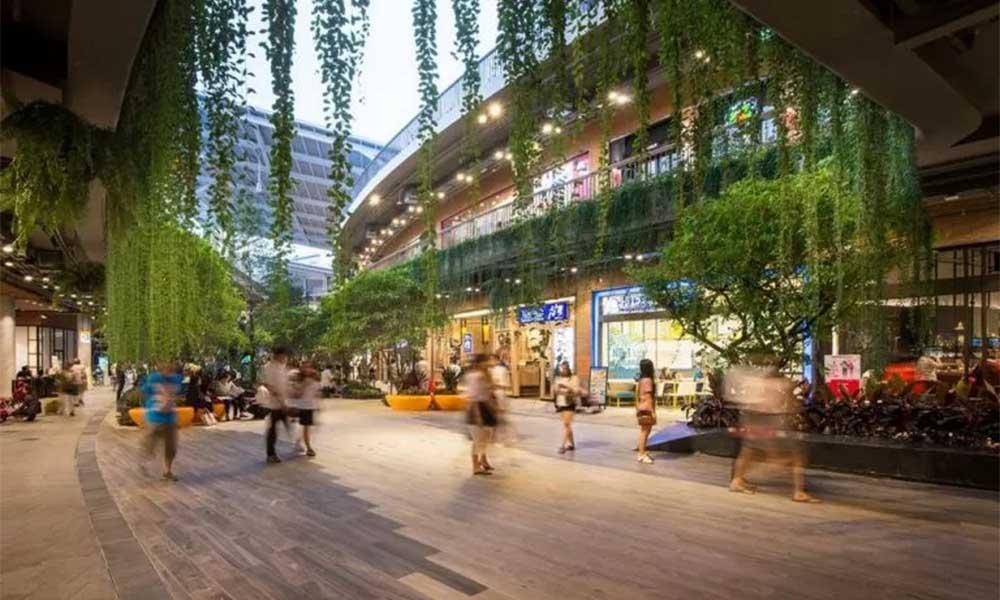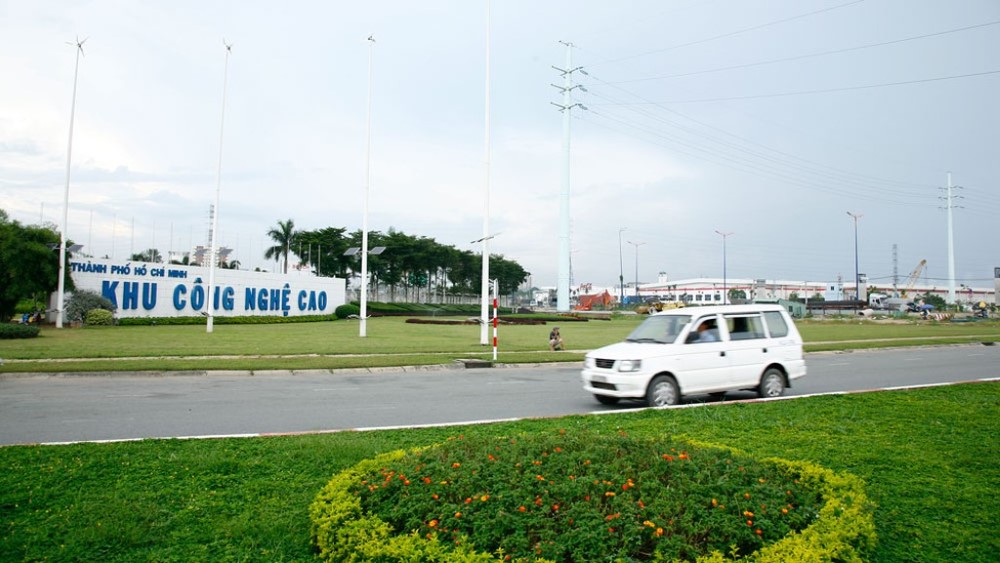Difference between LEED and EDGE Standards in Modern Green Office Buildings

After the pandemic, businesses demanded more from an office building, not only in terms of quality and energy-efficiency but also in terms of environmental friendliness. In response to this trend, modern green office buildings are becoming more common, meeting international standards for green construction. In this article, let’s learn about the EDGE and LEED standards and why green office buildings adhere to them!
What is the EDGE Standard?
EDGE stands for Excellence in Design for Greater Efficiencies, is an international standard for designing and constructing architectures that are resource-efficient and environmentally friendly. This standard was developed by the International Finance Corporation (IFC) to meet the increasing demand for sustainable designs in housing, real estate, and construction projects in developing countries.
EDGE is one of the standards that green office buildings are following
To achieve EDGE certification, buildings must meet three basic criteria including water conservation, energy efficiency, and material conservation. EDGE certification is divided into different levels corresponding to the ability to meet the criteria of the EDGE certification system, including:
- Level 1 – EDGE Certification: For buildings achieving a minimum of 20% water, energy, and material savings.
- Level 2 – Advanced EDGE: For buildings achieving a minimum of 40% on-site energy savings.
- Level 3 – Zero Carbon: Applies to buildings achieving Advanced EDGE certification and 100% on-site renewable energy.
In addition to increasing investment efficiency and operational cost savings, buildings that meet EDGE standards can also enhance their reputation in the real estate market by demonstrating their environmental friendliness as an evidence of Corporate Social Responsibility (CSR), thereby attracting both domestic and international investments.
What is LEED certification?
LEED (Leadership in Energy and Environmental Design) is a standard specifically for environmentally friendly architectures. This standard is developed and certified by the U.S Green Building Council. To achieve LEED certification, buildings must meet certain criteria to ensure environmental friendliness.
The criteria assess green architectures and office buildings for LEED certification
The LEED system evaluates the quality of green buildings based on important criteria, including:
- Sustainable building sites
- Connectivity to the surrounding area
- Efficient use of water resources
- Effective use of energy and environmental friendliness
- Material and resource conservation during operation
- High-quality indoor environment
- Innovative design
- Education for the community in the construction area.
LEED certification has four levels and is scored on a scale of 100:
- 40 – 49 points: LEED Certified
- 50 – 59 points: LEED Silver
- 60 – 79 points: LEED Gold
- 80 points and above: LEED Platinum.
The LEED scoring system assesses the quality of green buildings
In addition to EDGE, LEED is one of the green certifications for buildings that are recognized and widely valid around the world. Many businesses choose to locate their offices in LEED-certified green office buildings, not only optimizing operational costs but also enhancing their image and reputation in front of customers, partners, and investors.
Differences between EDGE and LEED standards for green office buildings
Both EDGE and LEED certifications aim to create sustainable and energy-efficient buildings during operation. This shows that these certifications are both beneficial for investors – the owners of the buildings.
On the other hand, while EDGE certification focuses on optimizing the use of resources with reasonable costs, LEED brings even better results. LEED certification not only optimizes benefits for investors but also creates practical benefits for building users, such as office tenants. They will enjoy a good green space for their health, a high-quality working environment, etc. which in turn enhances productivity. Moreover, in many LEED-certified buildings, tenants also benefit from expanding their business network and maximizing community connections.
Sustainable development trend of businesses in the current market situation
Recent office buildings have been constructed following EDGE or LEED standards due to the responsibilities and vision of investors towards the living environment as well as the corporate social responsibility to the community. It can be seen that both standards are suitable for businesses to aim for.
In the current market situation where businesses are paying more attention to CSR activities and ESG standards, green integrated business park projects cannot be ignored. This is considered as an effective and sustainable trend for both investors and businesses seeking green offices.
Gaw NP Capital – A reputable investor in Vietnam with many internationally certified green projects, including OneHub Saigon
Gaw NP Capital, the experienced real estate development company in Vietnam, aims to create an integrated business park with modern facilities and multiple LEED-certified green office buildings in Thu Duc City. This will become a hub for sustainable office services with smart buildings, digital workplaces and efficient infrastructure – a desire of tenants in a post-pandemic world.
One of Gaw NP Capital’s prominent projects in Thu Duc City, Vietnam, is the Integrated Business Park OneHub Saigon. The green office buildings within OneHub Saigon are LEED-certified for their energy-efficient capabilities, operational cost efficiency, and prime location at the gateway of Saigon Hi-Tech Park, facilitating connections with numerous businesses in the surrounding area, especially those in the technology industry. Following the concept of Work – Live – Play – Learn, OneHub Saigon offers a comprehensive environment with internationally standardized buildings, multifunctional recreational and entertainment spaces, a high-quality training center, and 1Hub Data Center with an investment of up to $70 million.
Read more: Notable features inside the Integrated Business Park OneHub Saigon
Architectural panorama of LEED Silver-certified office building – Tower 1 at OneHub Saigon
Combined living and working spaces planned within the master plan of Integrated Business Park OneHub Saigon
A mixed-use multifunctional commercial area serving companies within the park and surrounding population of Thu Duc City will soon be implemented in the near future
It is evident that OneHub Saigon will be an ideal project leading the sustainable development trend for businesses in the current post-pandemic market situation.
Conclusion
Both LEED and EDGE certifications have a common goal of providing optimal benefits for the environment by focusing on developing buildings according to green standards. If aiming at having an internationally recognized green office building that also connects with the community, LEED standards would be a worthy consideration. Especially for businesses pursuing ESG green standards, the green office buildings at OneHub Saigon are a suitable choice for current sustainable development trends.
Read more: Why should you choose to set up an office at OneHub Saigon commercial office complex?

